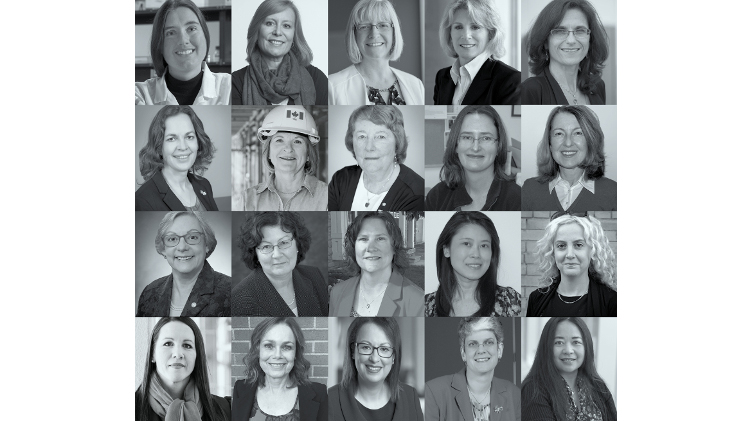The mining and metals industry in Canada stands at a critical juncture. With the baby boomer generation retiring in droves, the sector faces an urgent need to replenish its talent pool. At the same time, the industry is undergoing a seismic shift, fuelled by digital transformation, the energy transition and sustainability imperatives. These forces—an aging workforce and the digital revolution—present both a challenge and an opportunity. To navigate this transition, the sector must rethink how it attracts, trains and retains talent, to ensure a robust pipeline of skilled professionals ready to embrace the future of mining.
The exodus of experienced workers leaves behind a knowledge gap that cannot be easily filled. Historically, mining has been seen as a physically demanding and rugged industry, but due to the pace of technological evolution, it now requires a blend of technical expertise, critical thinking skills and digital literacy. As roles evolve with the adoption of artificial intelligence, machine learning and data analytics, the industry must shed outdated perceptions and highlight the exciting, tech-driven careers it offers.
However, recruiting fresh talent is only part of the solution. Retention and engagement are equally crucial. Younger workers seek purpose and alignment with their values, particularly concerning sustainability and social responsibility. The industry’s efforts to reduce its environmental footprint and embrace sustainability principles can resonate with this generation, making mining a more attractive career option.
To prepare job-ready graduates, the educational system must adapt. Universities and technical colleges need to align curricula with the skills demanded by modern mining operations. This means integrating courses on digital tools, sustainability
practices and interdisciplinary problem-solving. Partnerships between academia and industry can play a pivotal role, offering students first-hand experience through co-op programs, internships and real-world projects.
Moreover, the mining industry must broaden its approach to diversity and inclusion. Women, Indigenous communities and under-represented groups remain untapped sources of talent. Proactive outreach and support programs, coupled with inclusive policies and mentorship programs, can unlock this potential, enriching the workforce with varied perspectives and skills.
Equally important is lifelong learning for existing employees. Upskilling programs, tailored to mid-career professionals, can help to bridge the gap between traditional expertise and emerging technologies, ensuring that valuable institutional knowledge is not lost.
As Canada’s leading professional body for the sector, CIM is uniquely positioned to address these challenges. CIM can function as a catalyst for change by fostering collaboration among industry, academia and government to develop strategies that will build a sustainable talent pipeline.
CIM’s conferences and technical sessions create a platform for sharing best practices. Its Young Leaders program, Mentorship Program and scholarships can inspire and support students as they embark on mining careers. Meanwhile, the organization’s role in professional certification and training can ensure that the workforce remains agile and equipped to meet the demands of an evolving industry.
Additionally, CIM can amplify efforts to rebrand mining as a forward-looking, sustainable and technology-driven sector. Through outreach campaigns, it can help reshape public perceptions, highlighting mining’s potential to drive positive change.
The mining and metals industry is critical to Canada’s economy and to the global transition to a low-carbon future. The current talent gap represents a pivotal opportunity to redefine the sector and its workforce. By embracing innovation, rethinking education and fostering collaboration, we can ensure that the industry remains vibrant and competitive. With the right strategies in place, Canada’s mining sector can become a model for how to thrive in a digital and sustainable future, powered by a diverse and dynamic workforce.




